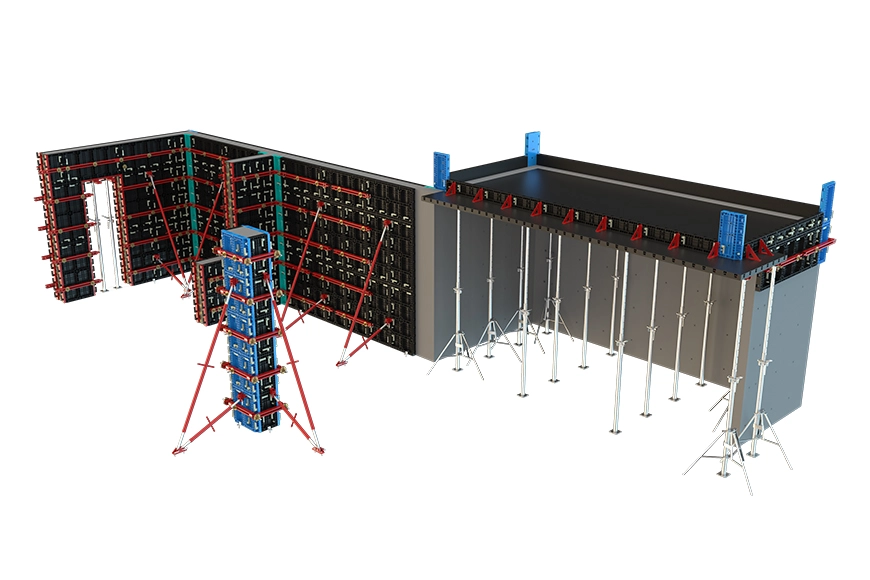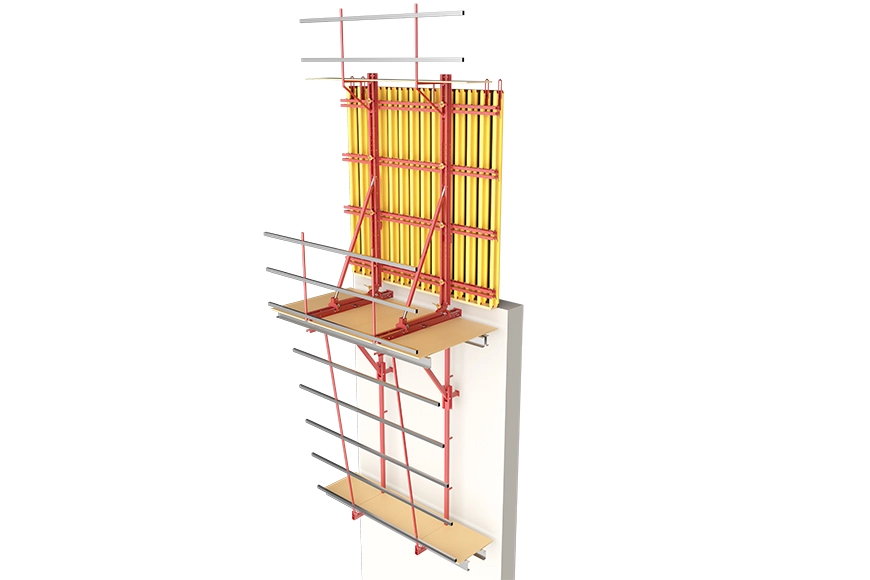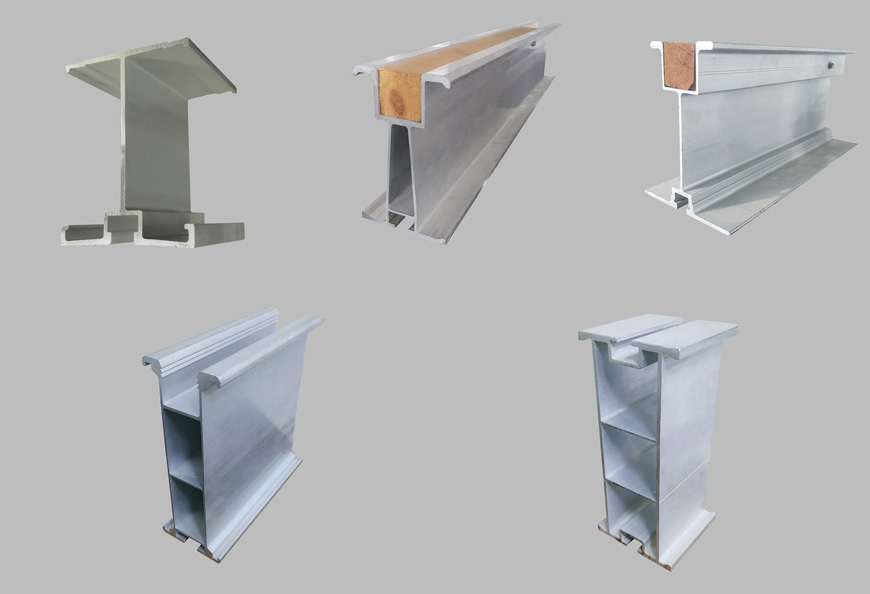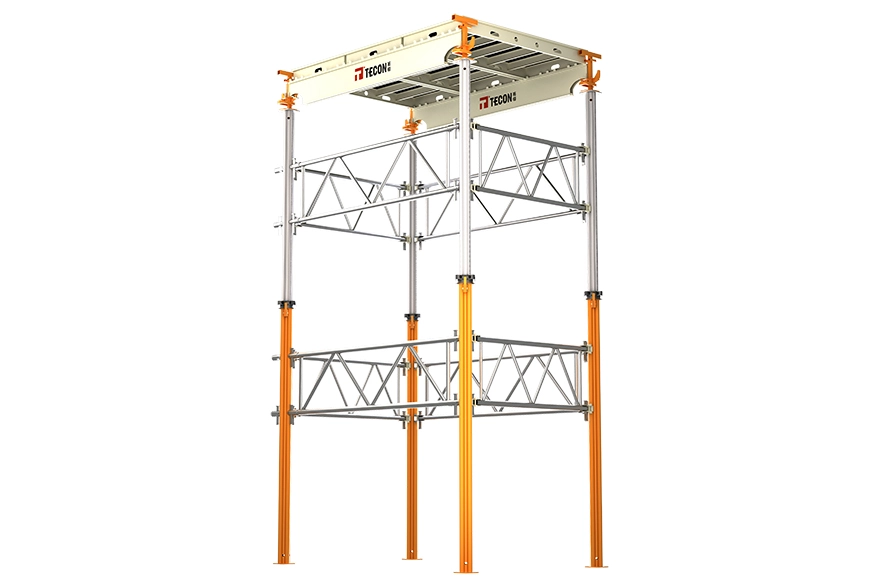Wood Formwork
Wood formwork has good processing capabilities, such as being able to saw, nail, and drill, making it adaptable to various complex slab shapes. However, it has a relatively low turnover rate, usually around 5-10 uses, and consumes a large amount of wood resources, resulting in higher costs. It is suitable for projects with low turnover requirements and short construction periods, such as small residential buildings and temporary structures.
Steel Shuttering
Steel shuttering is strong, rigid, and has a high turnover rate, typically ranging from 50 to 100 uses. It ensures precise slab dimensions and smooth surface finishes. However, it is heavy, and installation and removal are more difficult, requiring professional construction equipment and personnel. Additionally, the initial investment cost is high. It is commonly used in large industrial plants, high-rise buildings, and projects requiring high slab quality and long construction periods.
Plastic Formwork
Plastic formwork is lightweight, easy to process, corrosion-resistant, and fire-resistant. Its turnover rate is typically around 10-20 uses. However, it has relatively lower strength and rigidity, limiting its ability to support concrete, and is more expensive. It is suitable for projects that require lightweight formwork or those with a damp construction environment, such as basements or swimming pools.
Aluminum Alloy Formwork
Aluminum alloy formwork is lightweight, strong, and rigid, with a high turnover rate of 100-200 uses. It significantly improves construction efficiency and quality. However, it is expensive, with high initial investment costs, and requires skilled construction personnel. It is commonly used in high-end residential buildings, commercial buildings, and projects requiring high-quality slabs and precise construction.
Strength and Rigidity
The strength and rigidity of slab shuttering must meet the load requirements during the concrete pouring process to prevent deformation, cracking, or collapse during construction. For slabs with larger spans, stronger and more rigid formwork must be selected.
Flatness
The surface flatness of the formwork directly affects the flatness and quality of the slab. Selecting formwork with a smooth, flat surface can reduce defects on the concrete surface and improve the aesthetic quality of the slab.
Water Resistance
If the construction environment is damp or requires waterproofing treatment, formwork with good water resistance should be selected, such as film-faced plywood or plastic formwork. This helps prevent moisture from seeping into the formwork, which could affect its lifespan and the quality of the slab.
Durability
The durability of formwork determines its turnover rate and service life. Choosing high-quality, durable formwork can reduce the frequency of replacements, thereby improving construction efficiency and economic benefits.
Construction Process
Different types of formwork have different construction processes and requirements. When selecting formwork, consider the technical level and experience of the construction personnel, as well as the conditions and equipment available at the construction site. For example, steel shuttering requires specialized installation and removal equipment, while wood formwork is relatively simple to install and remove.
Cost
The cost of formwork includes purchase cost, transportation cost, installation and removal costs, and maintenance costs. When selecting formwork, it is essential to consider these factors comprehensively and choose the formwork that offers the best cost-performance ratio. For instance, although steel shuttering has a higher purchase cost, its high turnover rate may result in lower long-term costs.
Environmental Performance
Choose environmentally friendly slab shuttering, such as film-faced plywood or plastic formwork, to reduce environmental pollution. These formworks are made using eco-friendly materials and processes, and they do not contain harmful substances, making them safe for construction workers and the environment.
Sustainability
Consider the recyclability and reusability of slab shuttering. Select formwork that is recyclable, such as steel shuttering or aluminum alloy formwork, to reduce resource waste and environmental pollution. These formworks can be recycled and reused after use, extending their lifespan and promoting resource circulation.





